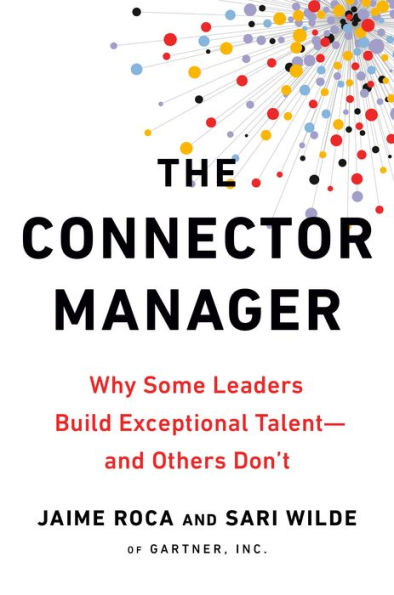5
1

The Connector Manager: Why Some Leaders Build Exceptional Talent - and Others Don't
272
The Connector Manager: Why Some Leaders Build Exceptional Talent - and Others Don't
272
28.0
In Stock

Product Details
| ISBN-13: | 9780593083826 |
|---|---|
| Publisher: | Penguin Publishing Group |
| Publication date: | 09/17/2019 |
| Pages: | 272 |
| Sales rank: | 219,830 |
| Product dimensions: | 5.40(w) x 8.30(h) x 1.10(d) |
About the Author
From the B&N Reads Blog
